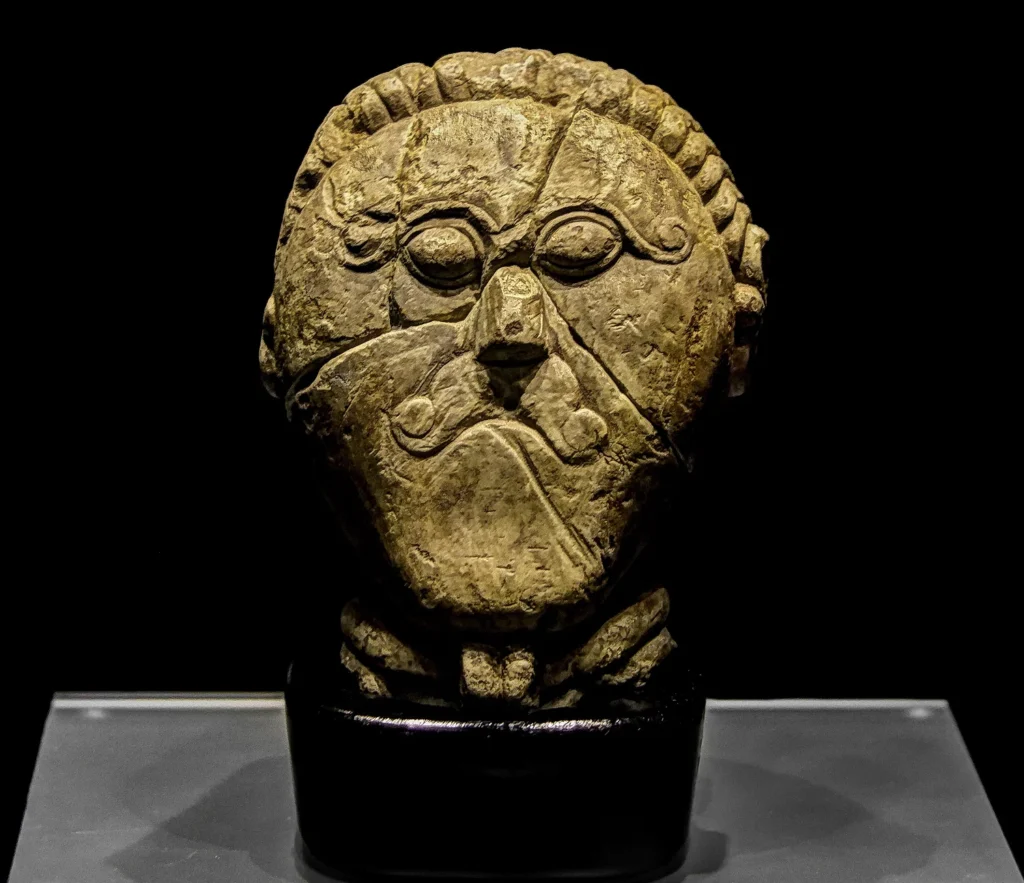
Long before Rome stretched its imperial fingers across Europe and even before Odin’s sons set sail for the British Isles, there was a different power humming across the continent — the Celts.
Not a single tribe or kingdom, but a vibrant mosaic of warrior societies, craftsmen, poets, and seers who roamed and ruled much of Europe in the late Bronze and Iron Age.
Where It All Began – And How Far They Went
The story of the Celts begins in Central Europe, with the Urnfield Culture (c. 1300–750 BCE) and evolves into the Hallstatt Culture (c. 800–500 BCE), centered in what is now Austria, Southern Germany, and the Western Carpathians. From there, the La Tène Culture (c. 450 BCE–1st century BCE) emerged — the most recognizably Celtic in its art, weaponry, and spiritual iconography.
But the Celts were not just mountain folk of the Alps. Their reach was astonishing. They spread across:
- France (Gaul)
- The British Isles (Ireland, Scotland, Wales, Cornwall)
- Spain and Portugal (Celtiberians)
- Northern Italy (Cisalpine Gaul)
- Balkans (Scordisci and Galatians)
- Western and even parts of Central Ukraine
Yes — Ukraine. The Carpathian region, the Upper Dniester, and Transylvania were strongholds of Celtic presence during the La Tène period. Archaeological finds in Lviv, Ternopil, and Zakarpattia regions confirm the existence of Celtic settlements, fortifications, and metallurgy workshops. One of the easternmost La Tène sites is in today’s Ukraine — a powerful reminder that Celtic culture was never just “Western European.”
Craft, Myth, and Metallurgy

Celtic Horned God Cernunnos
The Celts were not just warriors with wild hair and painted shields — they were innovators. By the 4th century BCE, they had mastered:
- Iron-smelting and advanced blacksmithing
- Gold and bronze ornamentation
- Chariots and war gear that rivaled later Roman standards
- Hydraulic systems for salt mining (Hallstatt)
- Enamel jewelry techniques that survived into medieval Britain
Their mythology was rich with gods of the forest, river, and sky. They didn’t build grand temples but worshipped in sacred groves — places of quiet power. Deities like Cernunnos (the horned god), Epona (protector of horses), Lugh (a solar warrior-craftsman), and The Morrígan (goddess of fate and war) danced through their oral traditions.
Druids — the priestly class — were historians, philosophers, astrologers, and judges. They preserved knowledge not in books, but in memory, bound by sacred law to keep the old truths alive.
Clash and Change
The Celts clashed often — with Rome, with Germanic tribes, and among themselves. In 390 BCE, Celtic warriors famously sacked Rome. Later, Celtic mercenaries crossed into Asia Minor, founding Galatia (modern-day Turkey). But with the Roman conquests from the 1st century BCE onward, the heart of Celtic Europe began to fade.
Yet, they never vanished.
Where Are the Celts Now?
Today, Celtic languages and culture live on — especially in:
- Ireland
- Scotland
- Wales
- Brittany (France)
- Isle of Man
- Cornwall (England)
Even in Central and Eastern Europe, especially in Ukraine, their traces remain in archaeological sites, folklore echoes, and even some elements of traditional ornamentation.
Even in Central and Eastern Europe, especially in Ukraine, their traces remain in archaeological sites, folklore echoes, and even some elements of traditional ornamentation.
The Celts were never a single people with one name for themselves. But they shared a worldview — the reverence for nature, the valor of the hero, the wisdom of the unseen — that still resonates today. In the carvings of horned gods, in spirals etched into stone, and in the melodies of folk traditions, the Celts whisper still.
Blog prepared for you by the Algizrune Art Workshop team – scholars of myth, craftsmen of memory, and chroniclers of forgotten thunder. still.